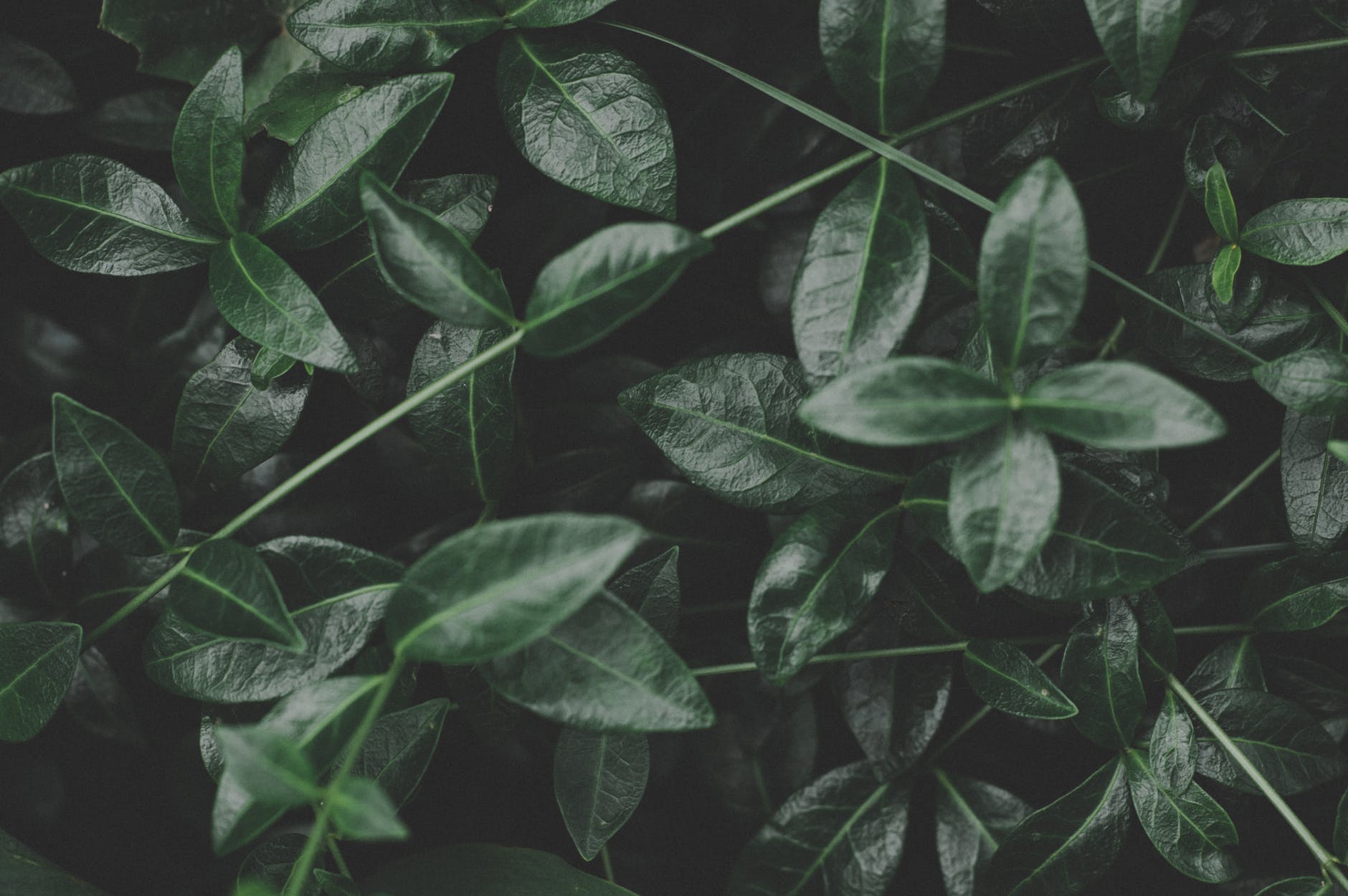Pollution
The use of plastic in food packaging was introduced in 1965 when a Swedish company by the name of Celloplast obtained a US patent for the design of basically every plastic bag that is given out in a grocery store. However, the rapid adoption of plastic was not until 1985 when the production of plastic (polypropylene) was finally cheaper than those of paper materials. Coupling the low cost of plastic materials with the growing popularity of take-out food, giving out plastic utensils in a take-out package had become a general norm. It is estimated that the global plastic packaging market will grow at a compound annual growth rate of 3.9% reaching US $269.6 billion by 2025 according to a research report by Grand View Research, Inc.
Canada waste management:

We have only 9% plastic collected, and 2% plastic effectively recycled recovered back to secondary material. About 3% plastic has been collected and exported to Asia.
86% plastic garbage will be sent to a landfill and it will leak plasticizer, micro, and nano plastic in soil and pollute underground water systems.
What about the plastic being sent to Asia? A lot of plastic garbage will be dumped into the ocean because recycling manufacturers don’t have enough storage space and they treat the ocean like free storage space.
There will be more plastic than fish in the ocean by 2050
Major Canadian cities will see temperatures rise by 3 degrees by 2050
Solution
- Rethink – Think before you buy.
- Reduce – Organize family waste management or extend products usage life.
- Reuse – Use more reusable products, or extend products usage life.
- Recycle – Properly recycle.
Make the planet great again.
Be part of the solution, not part of the pollution. We can make a difference everyday, big or small.
